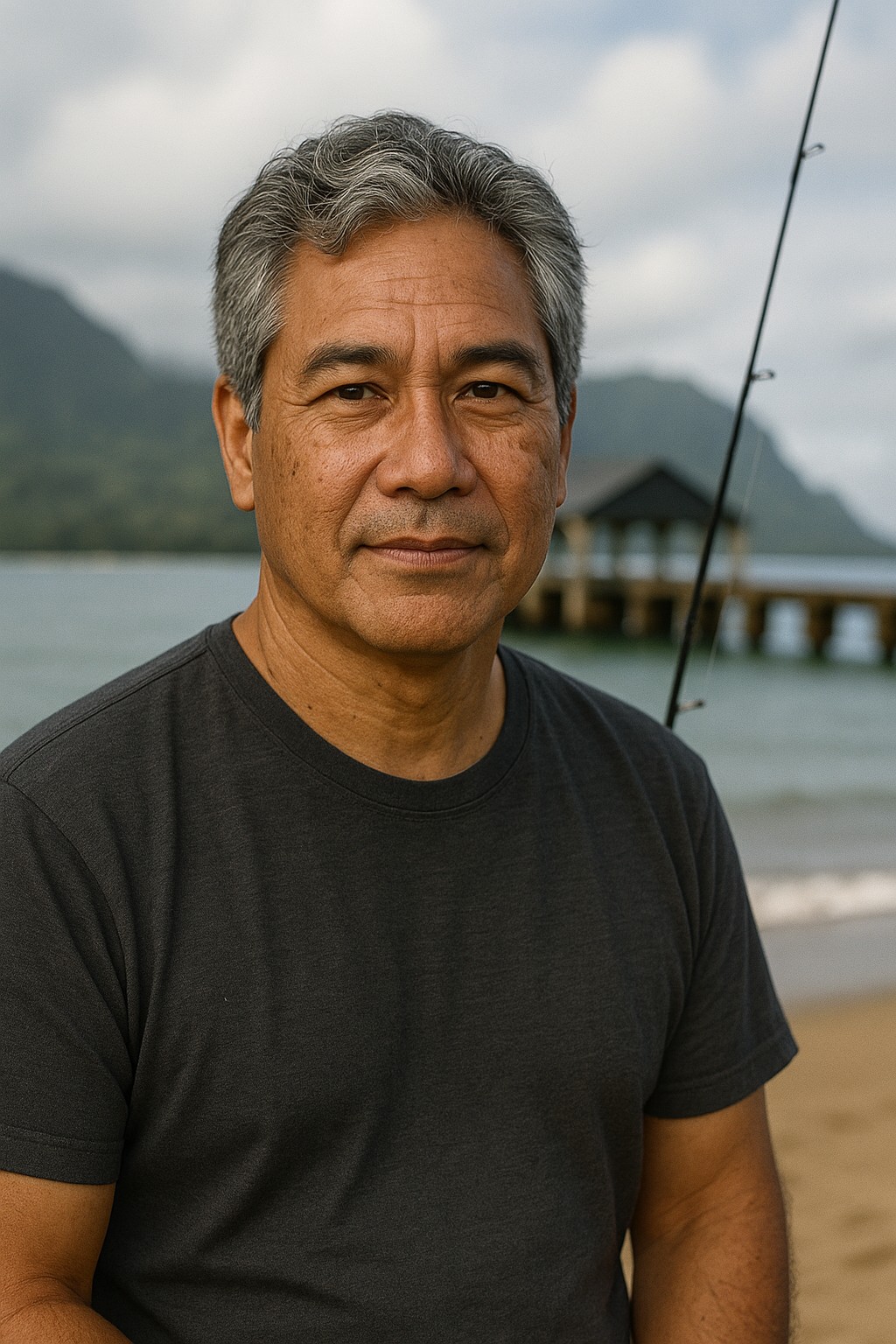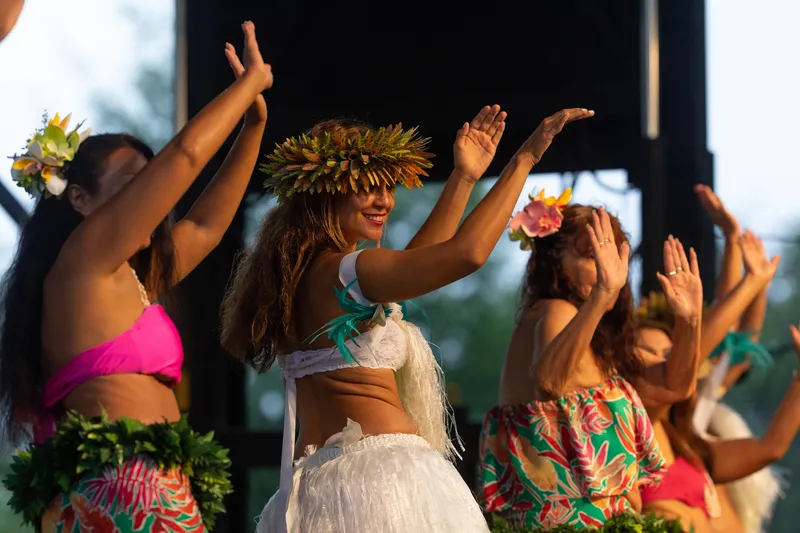

Cultural Significance of Hula
Living resistance, cultural preservation, and protocols for respectful observation

Written by a Hawaiian Culture Expert
Kalani MillerHula as Living Resistance
The most powerful recent example of hula's continuing relevance came during the movement to protect Mauna Kea from the Thirty Meter Telescope. This wasn't just about science versus tradition. For the kiaʻi protectors, it was about defending a sacred ancestor, a wahi pana that holds deep spiritual meaning.
The hula performed at Mauna Kea served multiple purposes simultaneously: prayer, history lesson, cultural statement, and political assertion. It proved that hula isn't a museum piece. It's a living tool for community organizing, cultural strength, and shaping our future.
The Mauna Kea Movement: A Cultural Village
The kiaʻi established a camp at the mountain's base that functioned as more than a protest site. It became a puʻuhonua, a place of refuge and a living cultural village. At its heart was daily protocol, including oli and hula performed three times each day.
Something unprecedented happened during this movement. Hula that had been kapu, restricted to specific hālau lineages, were made noa, open for all to learn and perform in unity for the mountain's protection. This democratization of sacred hula created powerful shared identity among thousands of participants.

The Power of Shared Sacred Practice
The opening of previously restricted hula for collective action showed how tradition can evolve to meet contemporary needs while maintaining its spiritual power. It demonstrated that cultural practices aren't static museum pieces but living tools for community building and resistance.
Hula as Cultural Preservation
Throughout Hawaiian history, hula has served as a vessel for cultural preservation, carrying forward language, stories, and values that might otherwise be lost. During periods of cultural suppression, hula practitioners maintained connections to ancestral knowledge and ways of being.
Language Preservation
Hula keeps Hawaiian language alive through chants and songs, preserving vocabulary, pronunciation, and poetic structures that might otherwise disappear.
Historical Memory
Chants embedded in hula preserve genealogies, place names, and historical events, serving as living archives of Hawaiian experience.
Spiritual Connection
Hula maintains connections to land, ancestors, and spiritual practices that define Hawaiian identity and worldview.
Community Building
Hālau structure creates communities of practice that transmit values, protocols, and cultural knowledge across generations.
🏛️ Cultural Concepts
- Kiaʻi: Guardians
- Puʻuhonua: Place of refuge
- Wahi Pana: Sacred place
- Kapu: Sacred/restricted
- Noa: Open/accessible
✊ Resistance Examples
Sacred hula for mountain protection
Continued during 1830s ban
Hawaiian Renaissance era
Modern hālau as resistance spaces
👁️ Observation Protocols
Respectful Observation
For visitors wanting to witness hula respectfully, understanding context is crucial. The key distinction lies between public performance and sacred ceremony.
Public Performance
A performance at a lūʻau, hotel, or shopping center is designed for audiences and meant to entertain. Applause and even participation might be encouraged.
- • Applause is welcome
- • Photos usually allowed
- • Questions encouraged
- • Participation invited
Sacred Ceremony
If you encounter a group at a culturally significant site chanting and dancing without obvious audience setup, assume it's sacred ceremony.
- • Silent observation only
- • No photos without permission
- • Maintain respectful distance
- • No interruptions
Three Essential Protocols
1. Discern the Context
Is it an advertised public show or a private ritual? When uncertain, always treat the event as sacred. Look for signs like remote locations, small groups, lack of audience seating, or cultural sites.
2. Maintain Respectful Distance and Silence
Ceremonial hula requires intense focus on divine connection and the land. Don't approach the group, speak, or ask questions. Avoid photos or videos unless explicitly permitted. Some groups post guardians at their sacred space's edge. Follow their instructions without offense.
3. Never Touch or Remove Offerings
Practitioners often leave hoʻokupu gifts at sacred sites - lei, ti leaf bundles, food items, or other objects. These aren't decorations or souvenirs. They're prayers and gifts for deities and ancestors. Touching or moving them is profound disrespect and desecration.
Remember
Hula is not just entertainment or cultural display—it's a living spiritual practice that connects practitioners to ancestors, land, and divine forces. Your respectful observation honors this sacred tradition and shows appreciation for Hawaiian culture's depth and significance.
Common Sacred Sites Where Ceremony Occurs
- • Halemaʻumaʻu crater (Pele's home)
- • Mauna Kea summit
- • Ancient heiau (temples)
- • Remote beaches and coastlines
- • Burial sites and caves
- • Waterfall pools
- • Forest groves
- • Cultural centers during protocols

